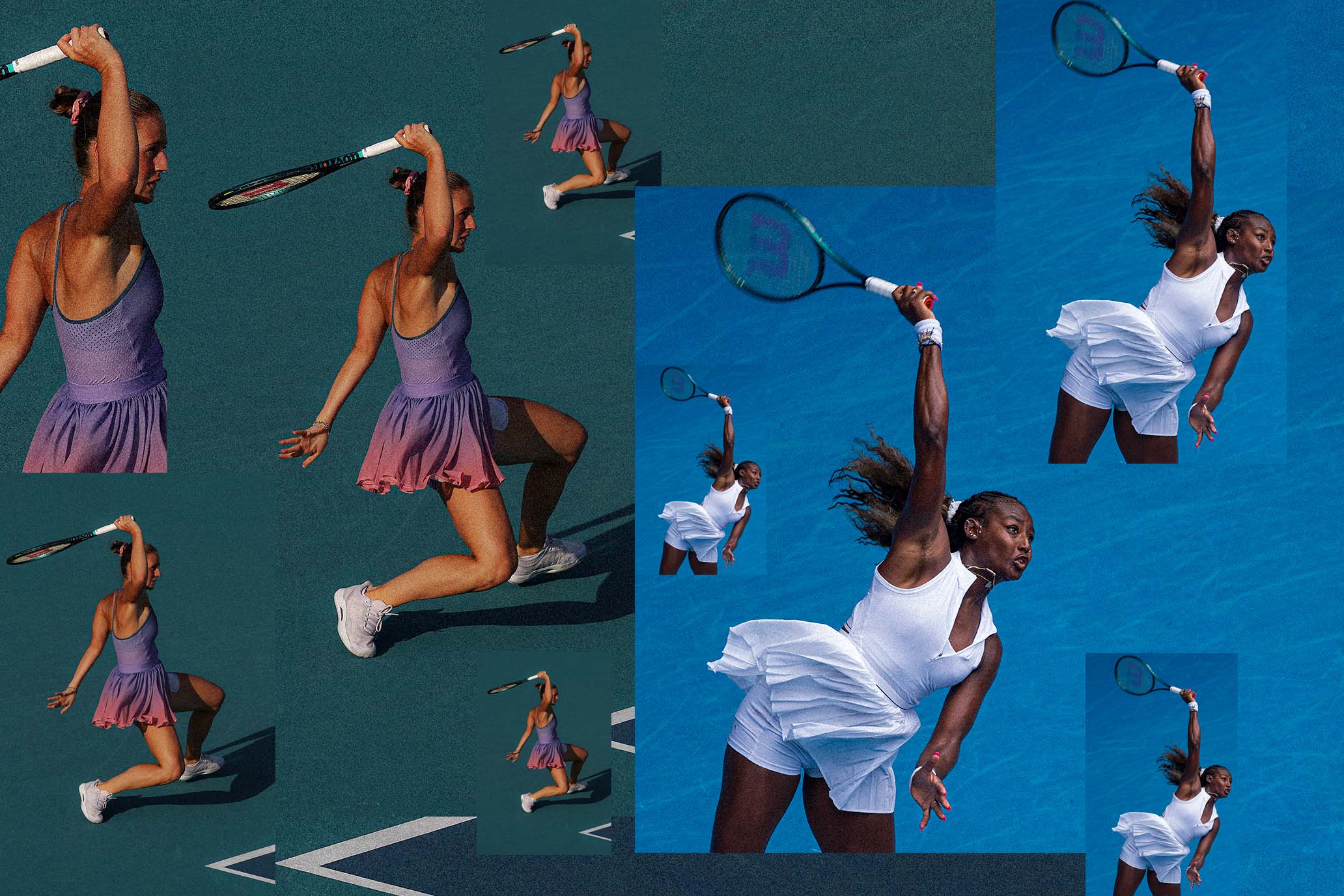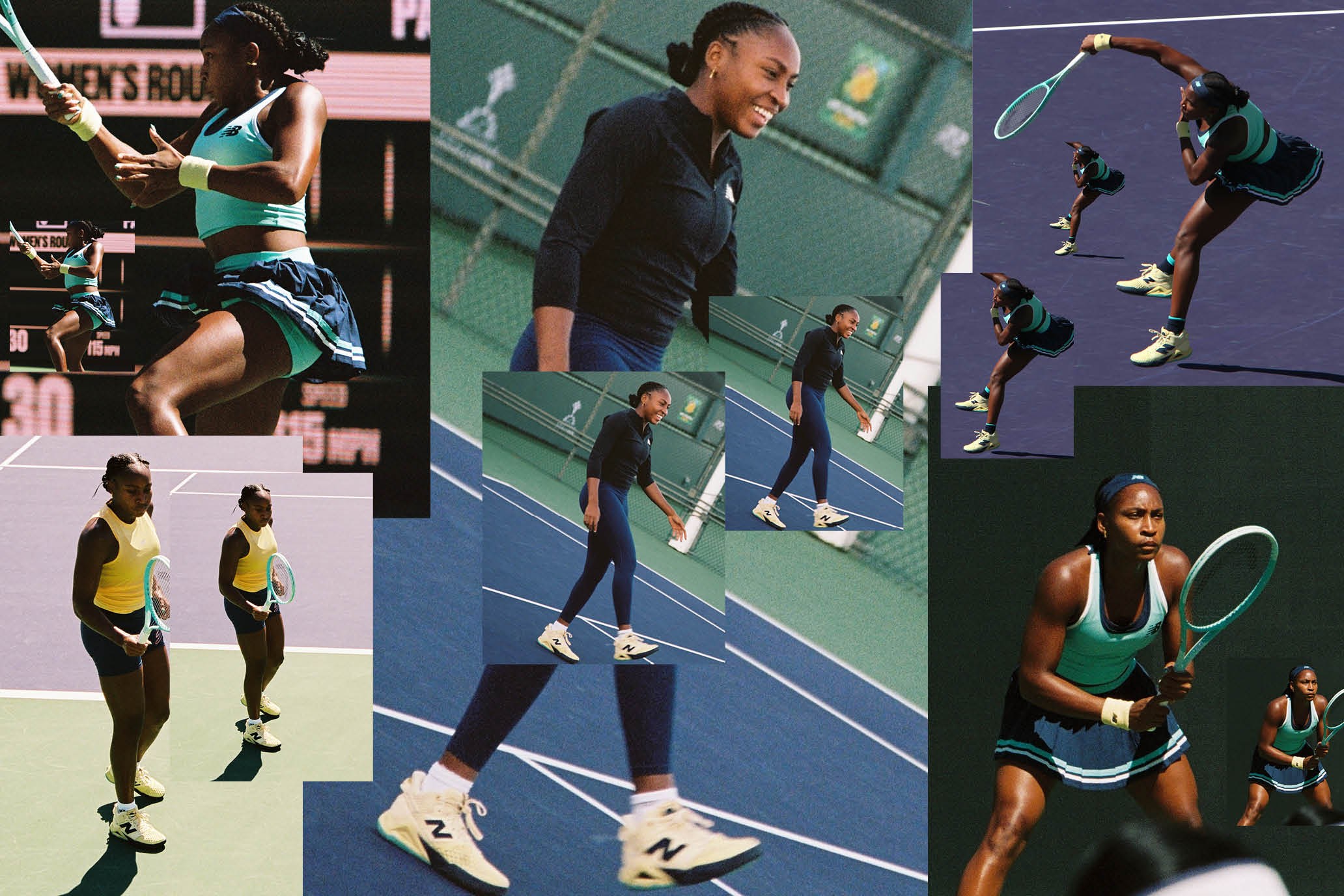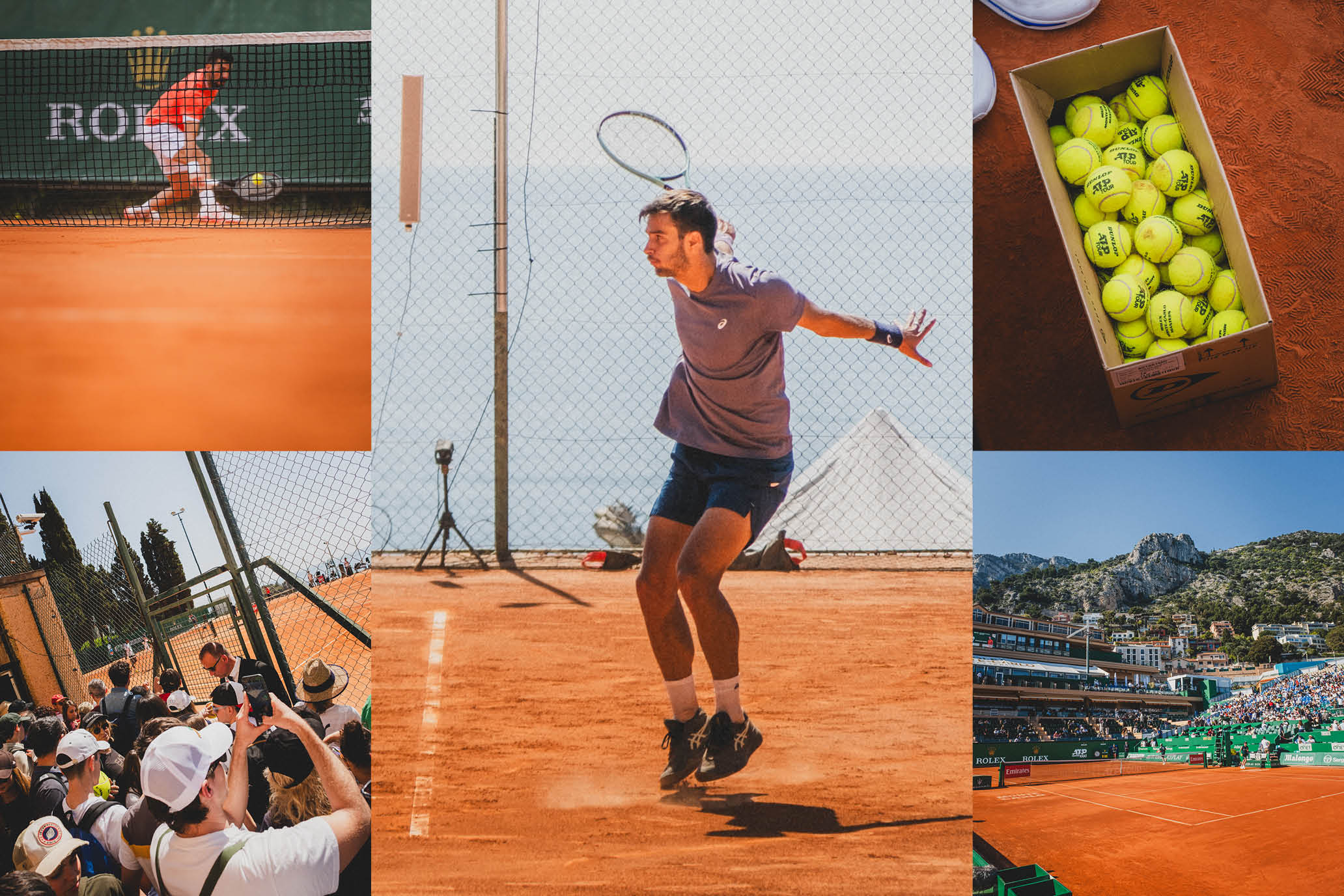Sin's City
Sin's City
At the ATP Finals, Italians do it better.
At the ATP Finals, Italians do it better.
By Giri NathanNovember 14, 2024
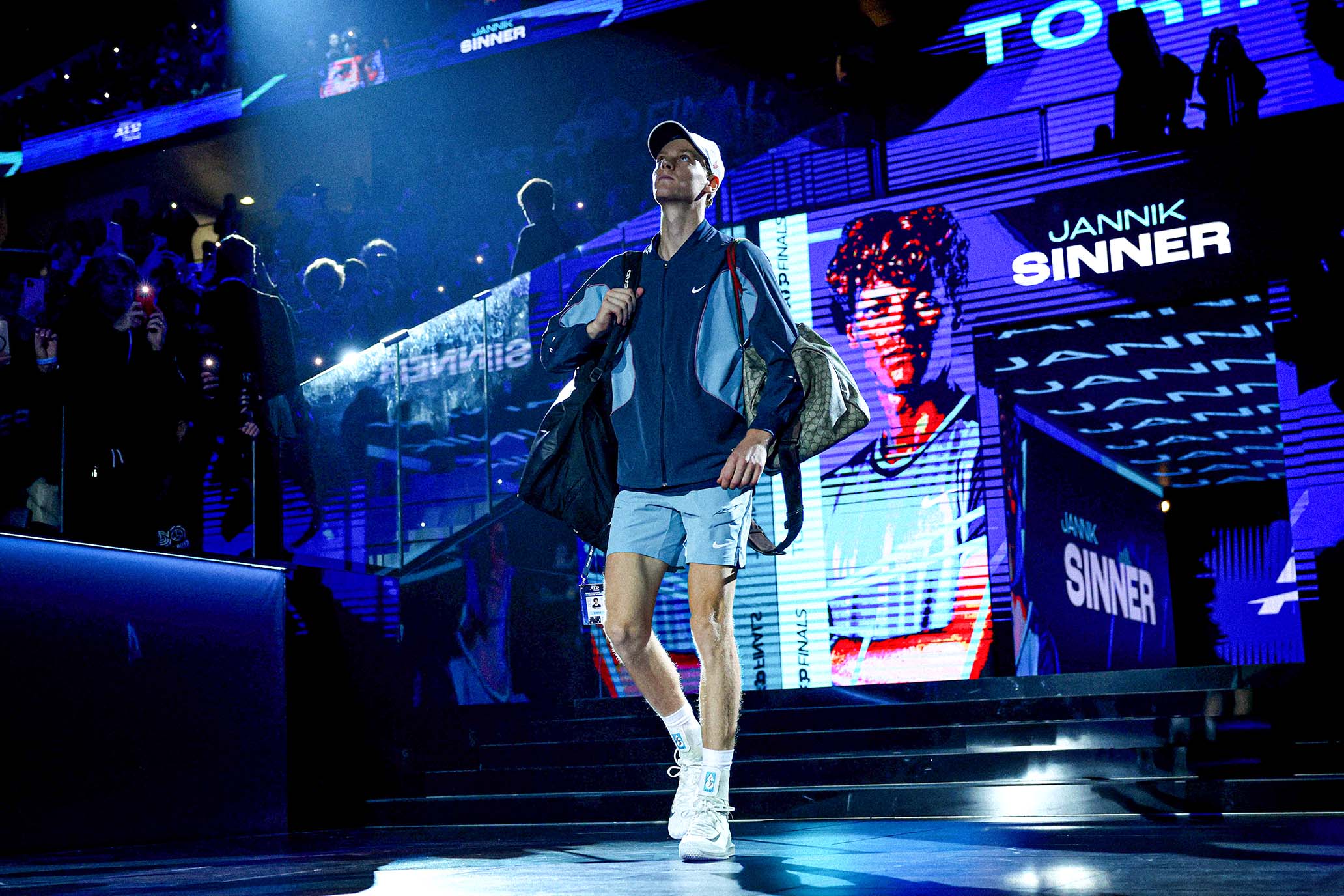
Italian tennis as a whole is surging, and the ambient sensation when you walk among the fans in Turin is Sinnermania. // Getty
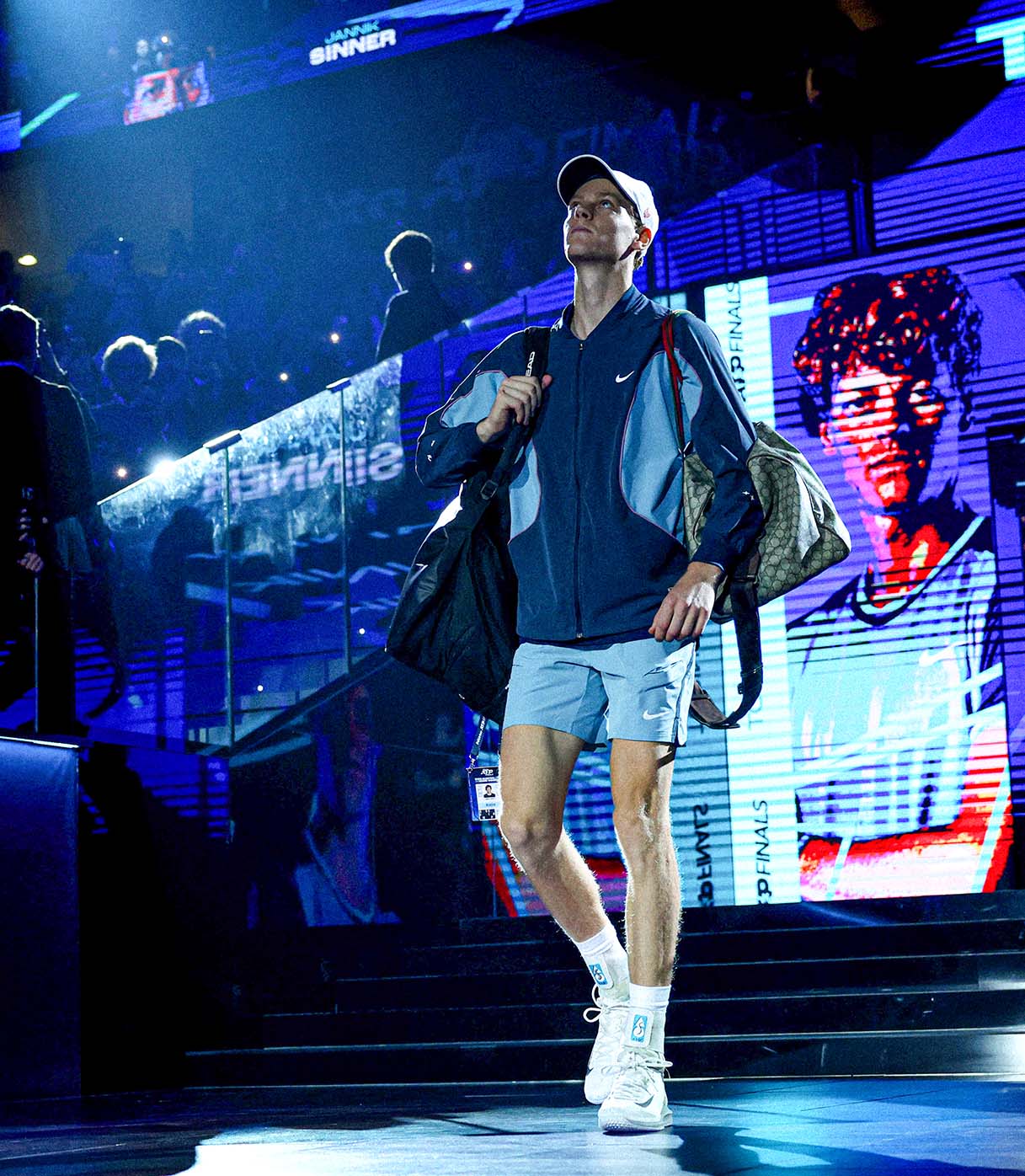
Italian tennis as a whole is surging, and the ambient sensation when you walk among the fans in Turin is Sinnermania. // Getty
Last week’s WTA Finals fittingly concluded with a classic between Coco Gauff and Qinwen Zheng that offered everything: three sets, wild scoreboard pressure, a satisfying closure to an odd Coco season, and another bout of legendary iciness from Zheng. Right now, the various rivalries at the top of the WTA are livelier than those at the top of the ATP; there are more matchups to look forward to, and more uncertainty about who will win at any given meeting. Meanwhile, at time of writing, all eight ATP Finals matches have wrapped up in straight sets. And yet—if you were to choose which one to actually go to, as a fan experience? Location matters. Riyadh is an…interesting place. It also does not appear to be much of a tennis fan magnet. The Saudi Public Investment Fund’s incursion into tennis, which now looks inevitable, has presented the tour with a funny trade-off. On the one hand: For the second day of the WTA Finals some 400 fans populated a 5,000-seat stadium. On the other hand: At the end of the tournament Gauff collected $4.8 million, the biggest check in the history of women’s tennis.
But the powers that be could just pick love over money and do everything in Italy. Tennis fans appear to be significantly more eager to assemble in Turin than in Riyadh. You don’t even have to pay them to show up here! The contrast could not be more stark. This is my first trip to the ATP Finals, and these are the best-attended professional tennis matches I’ve ever been at. Hard to spot a single empty seat at any of these sessions in this arena, which I’ve enjoyed as a physical space. Shadowy, metallic, mirrored, menacing, it feels like a tennis tournament conducted inside the Death Star. (If a slightly overzealous Italian DJ had managed to get on the 1s and 2s at the Death Star.) Indoor tennis is fast and loud, and they’ve done it justice with the acoustics and lighting, letting you hear every boom off the strings in this enclosed space. The crowd is kept in near darkness, except for two spotlights on the player boxes, so we can all dial in on every little coach-player exchange. I’m torn on how I feel about the funky lighting cues at critical moments in the matches—match point, set point, even a meager break point—but it does make it feel like we’re all living inside a video game, which perhaps is not the worst thing.
Built for the 2006 Winter Olympics, the arena is starting to show its age in some ways—including, tragically, its bathrooms—but is still a lot of fun to wander around. There’s a real practice court inside the lobby, so you can walk around with your caffè in hand and watch tournament alternates Stefanos Tsitsipas and Grigor Dimitrov chop it up from a few feet away. All over the grounds, kids are playing racquet sports of all kinds: tennis with foam balls, pickleball (sorry), and beach tennis in a sand pit. The food is predictably good, if pricey. Think US Open prices, but at two times US Open quality, and mostly confined to various regional Italian cuisines. And unlike the US Open, it is possible to walk around from point A to point B without feeling like you’re in a rugby scrum.
My biggest surprise was the deeply domestic feel of what is, in theory, an event with big international tourism appeal. Someone with the tournament informed me that proud countrymen scooped up the vast majority of the tickets in the weeks immediately following Jannik Sinner’s win at the Australian Open. Italian tennis as a whole is surging, and the ambient sensation when you walk among the fans in Turin is Sinnermania. It’s the first time I’ve ever experienced a -mania for any ATP player after the Big Three, though admittedly I haven’t been to a tournament in Spain yet to see how mighty Carlitos Alcaraz is treated at home. Because Sinner wasn’t able to play in Rome, this tournament was his grand national welcome for 2024. He received a trophy for locking up year-end world No. 1, the first Italian man to ever do it, with his proud, weepy parents looking on.
He is synonymous with tennis here. Whenever I walk through the crowds, I literally hear the name spoken aloud, even if he’s not playing that day: Seen Air. Jannik’s face is on the lampposts that line the thoroughfares leading up to the venue. During the changeovers in Jannik’s matches, a digital Jannik appears on the screen to advertise coffee. Jannik’s official fox logo is on so many orange caps on so many heads. The crowd requires only the mildest provocation to break into full-fledged “Olé, olé-olé-olé, Seen Air, Seen Air” chants. There are, of course, carrot-themed costumes, and while I think the charm of the Carota Boys as a unit has long since expired, I’m enjoying the improvised setups. I like all the bootleg, unofficial stuff—the neon-orange construction vests, or the elderly gentlemen in orange trucker hats that read “Sinner Seniors.” I wanted to celebrate and applaud the man in a fine dark green suit with a vibrant carrot top dangling at least a foot out of its jacket pocket.
There’s only one more year on the Turin contract; very soon, we’ll find out if it’s staying here, or if it’s going elsewhere in Italy, or if perhaps it’ll be headed to a desolate stadium in a petrostate. If it does leave, I’m going to be taking a lot of focaccia to go.


The Hopper
—CLAY Tennis on Beatriz Haddad Maia’s US Open run.
—Giri on Iga Swiatek’s loss to Jess Pegula.
—Jon Wertheim’s mailbag is full this week.
—Sara Errani and Andrea Vavasori have won the US Open mixed doubles.
—Tim Newcomb on Taylor Fritz and Asics.

